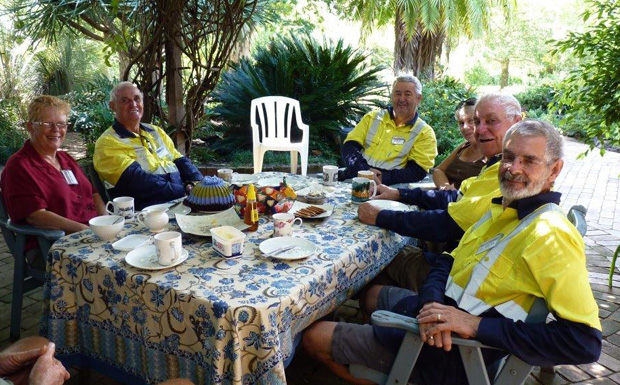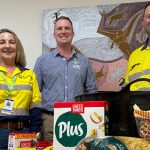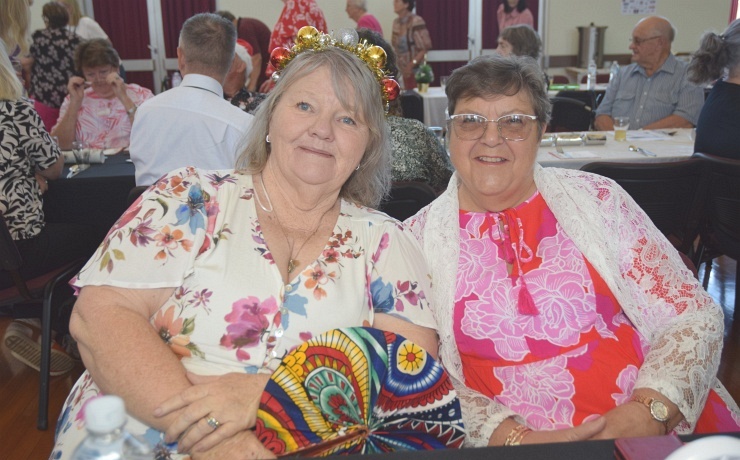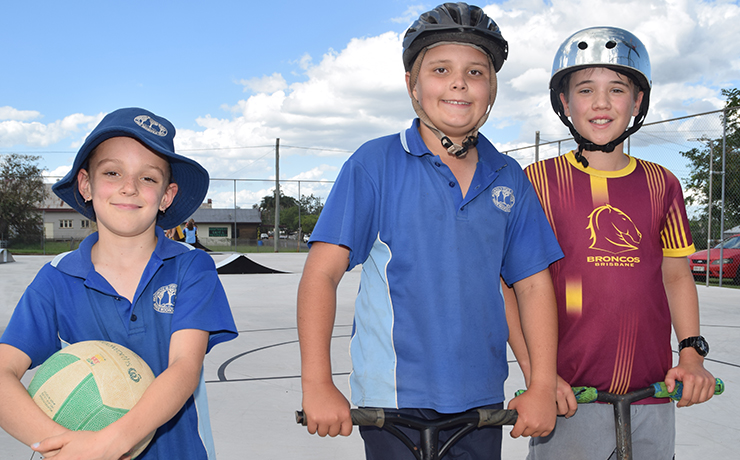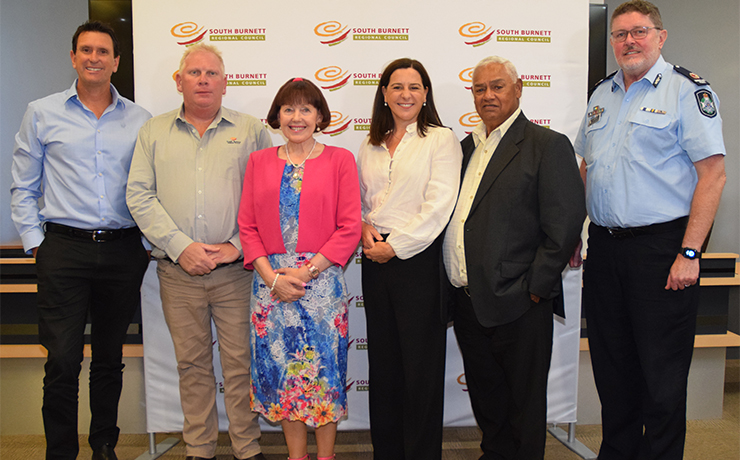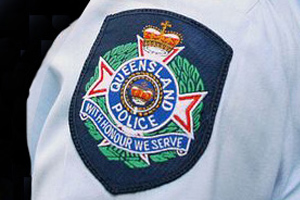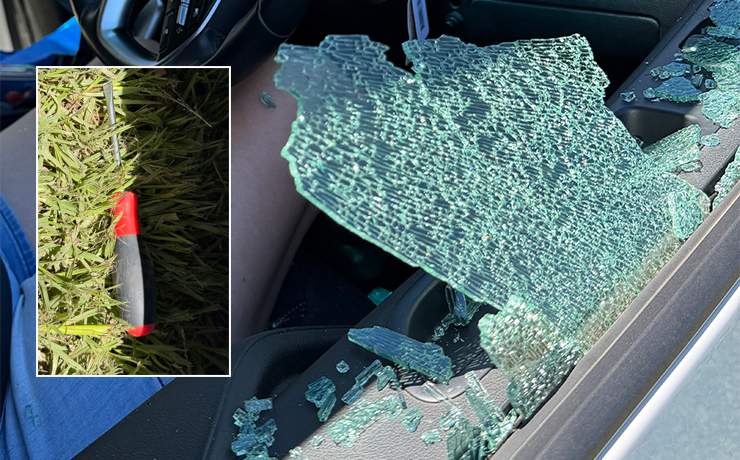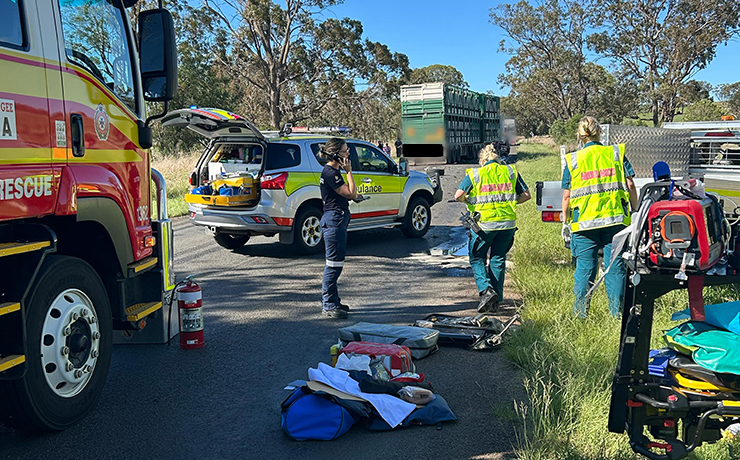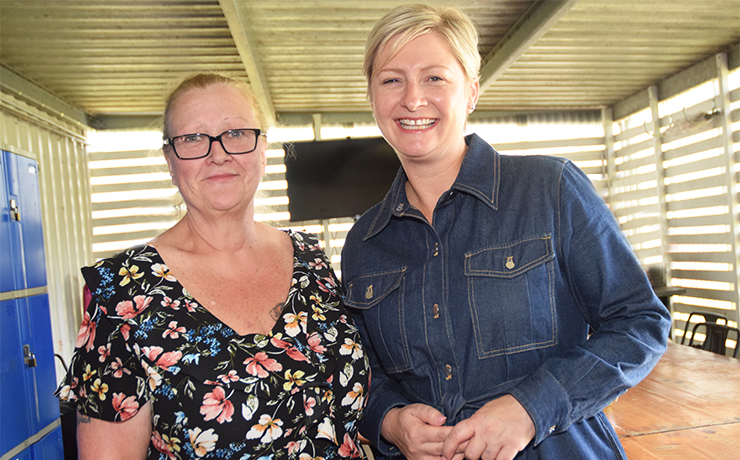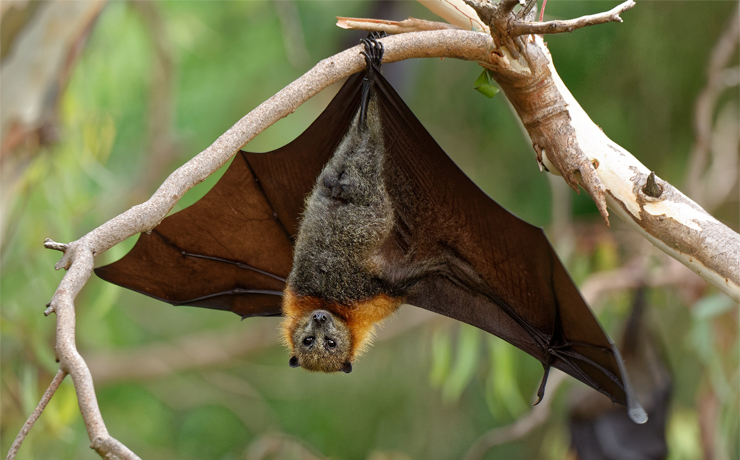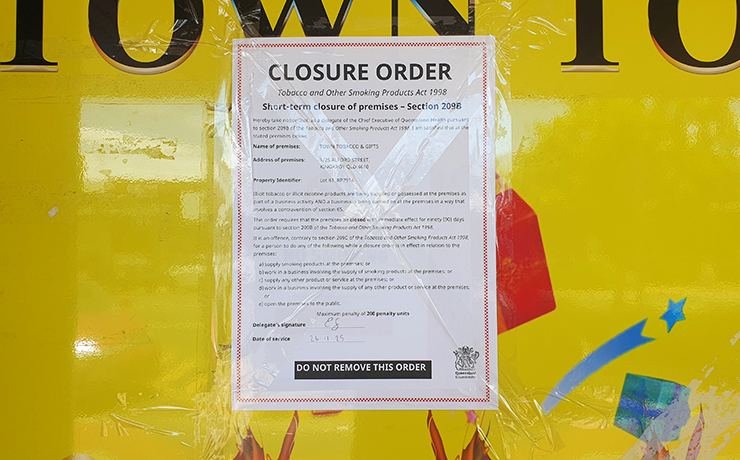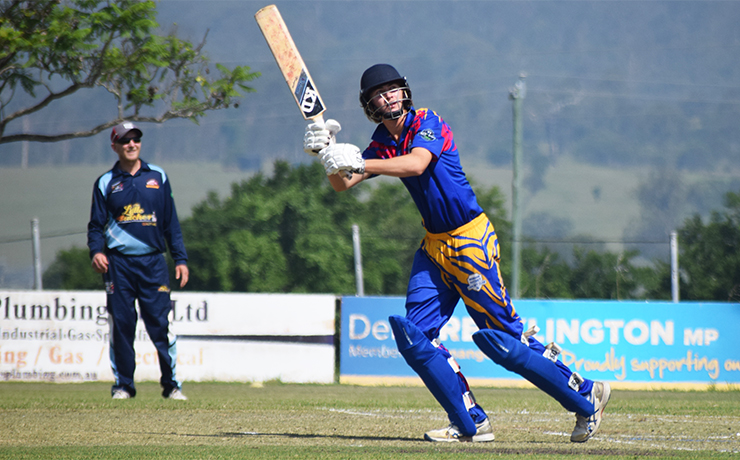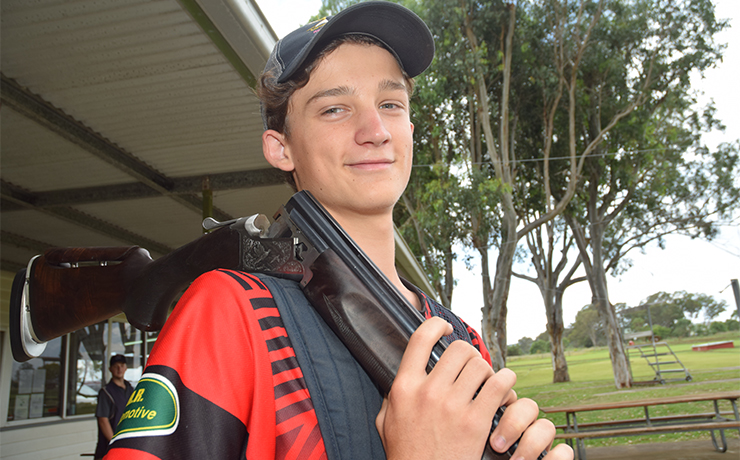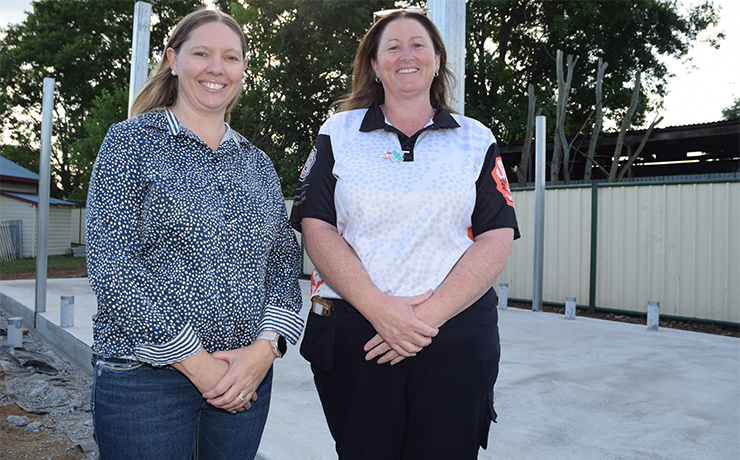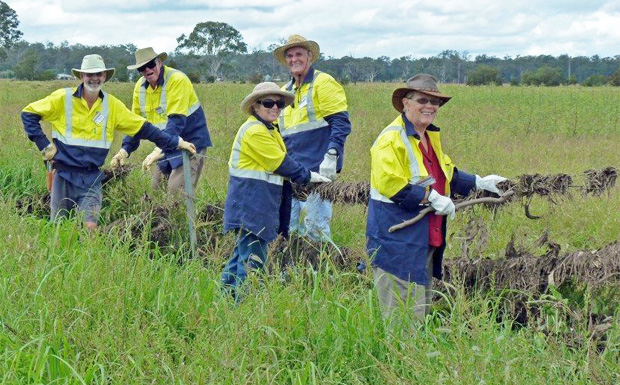
June 1, 2013
If you say it fast enough it doesn’t sound like much … 115km of fencing. But if you drove along it at top speed, it would take more than hour.
Now imagine walking along 115km of fencing, carefully checking it for damage and painstakingly removing flood debris.
And then repairing or replacing 99km …
That’s what the BlazeAid volunteers have been doing around the South Burnett since they started assisting local farmers in February.
The volunteer group began in Victoria after the Black Saturday fires in 2009.
From the BlazeAid website:
Kilmore East farmers Kevin and Rhonda Butler were among those whose fences were burnt. Needing to quickly secure their 1500 sheep, they sought assistance from family, friends and local volunteers to help rebuild their fences. Within a week, the fences were completed – a task that would have taken them months to do on their own. Grateful for the assistance they received, Rhonda and Kevin decided to try to help a few others with their fencing. Thus, BlazeAid was born.
BlazeAid volunteers have now spent the past four years helping mend fences caused by natural disasters.
Since 2009, they have contributed an amazing 70,000 volunteer days to farmers throughout Australia.
BlazeAid came to the South Burnett after the 2011 floods and were called back to lend a hand again after this year’s disastrous floods swept through farms from Nanango to Silverleaf and beyond.
Co-ordinators Paul and Alison Mortenson, from NSW, set up an office in the Bunya Wakka Wakka building in Murgon and quickly got down to work, despatching volunteers to farms within a 100km radius of Murgon.
Many of the people who have been lending a hand are “grey nomads” who have spent days – or weeks – in the area.
The Murgon camp has included volunteers from every State in Australia and even a Spanish tourist.
So far, they have provided 1102 days or work to South Burnett farmers … all at no cost and without government support.
“BlazeAid exists only because local communities support our volunteers,” Paul said.
The volunteers are provided with meals, prepared by local community groups, and the host farmers supply lunch.
So how many meals have the volunteers eaten in three months?
“Our volunteers are hungry buggers,” Paul said.
“The Salvation Army co-ordinators Barbara and Maree Newson (have been) run off their feet keeping local families, church groups and service clubs rostered to cook for BlazeAid.
“To date the local catering volunteers have prepared 1835 meals. A truly great effort!”
Paul said BlazeAid was currently working on 45 farms while work on 53 farms has been completed or the farmers no longer needed help.
The scale of assistance has been mind-boggling.
The total number of registered farms totals 104, with more farms signed up before the deadline on Monday this week.
In comparison, after the 2011 flood disaster, BlazeAid assisted 35 farmers and completed 583 days of work.
[Photos: Caffery family]
* * *
UPDATE June 6: New farmer registrations have now closed. Many farms still have flood work to complete. Any Blazeaid farmers who do not have a firm date booked should contact Paul or Alison Mortenson as a matter of urgency.
Any farmer that may have registered for help initially but has not yet received any assistance will be regarded as finished if they have not booked a day by Sunday, June 9.
To date Blazeaid has had 108 farmers register for help; 128km have been cleaned and 110km of fences have been repaired or replaced.
Volunteers have provided a total of 1604 volunteer days of which 89 per cent have been directly related to either programming farmers or directly working on farms.
